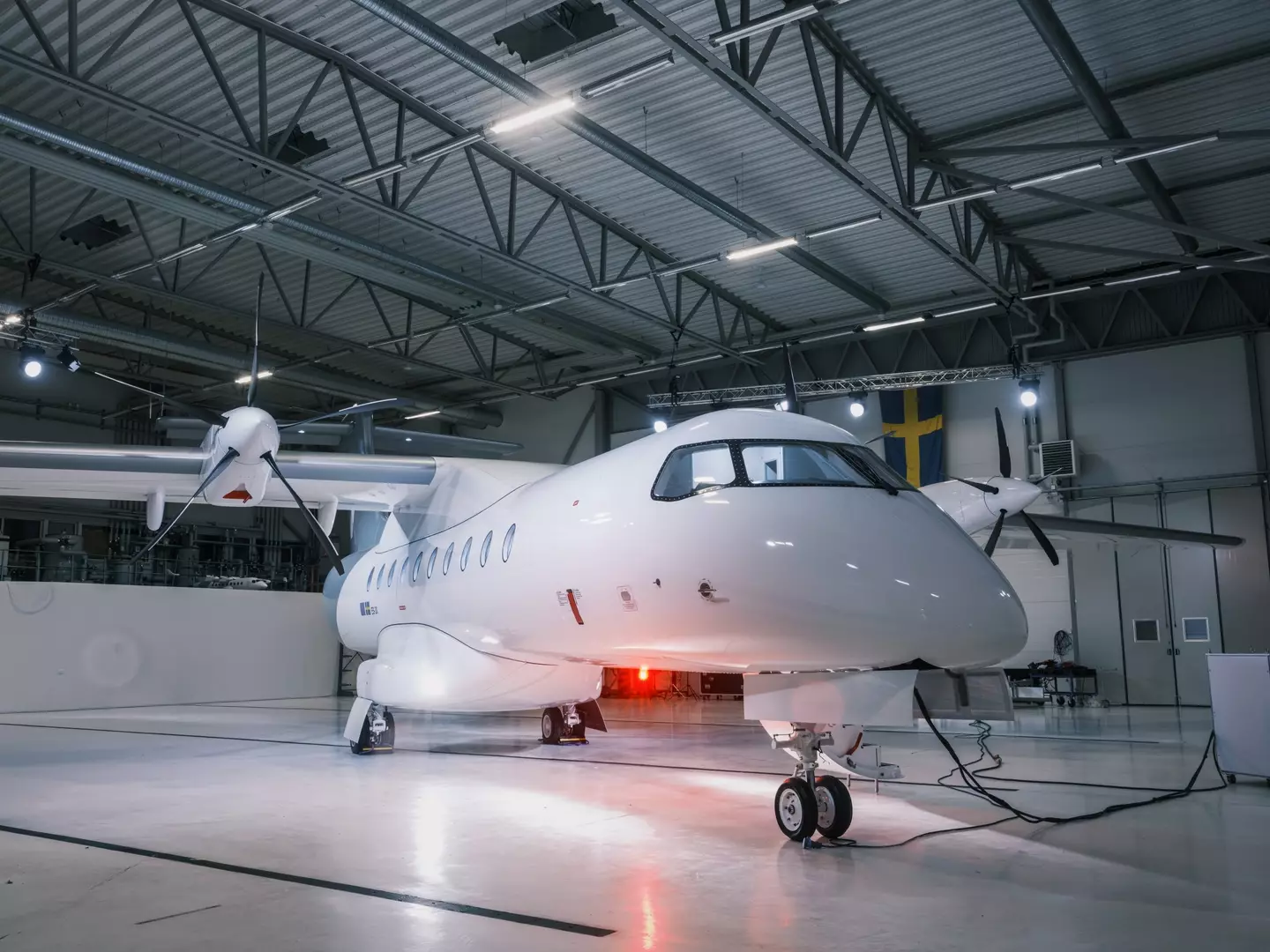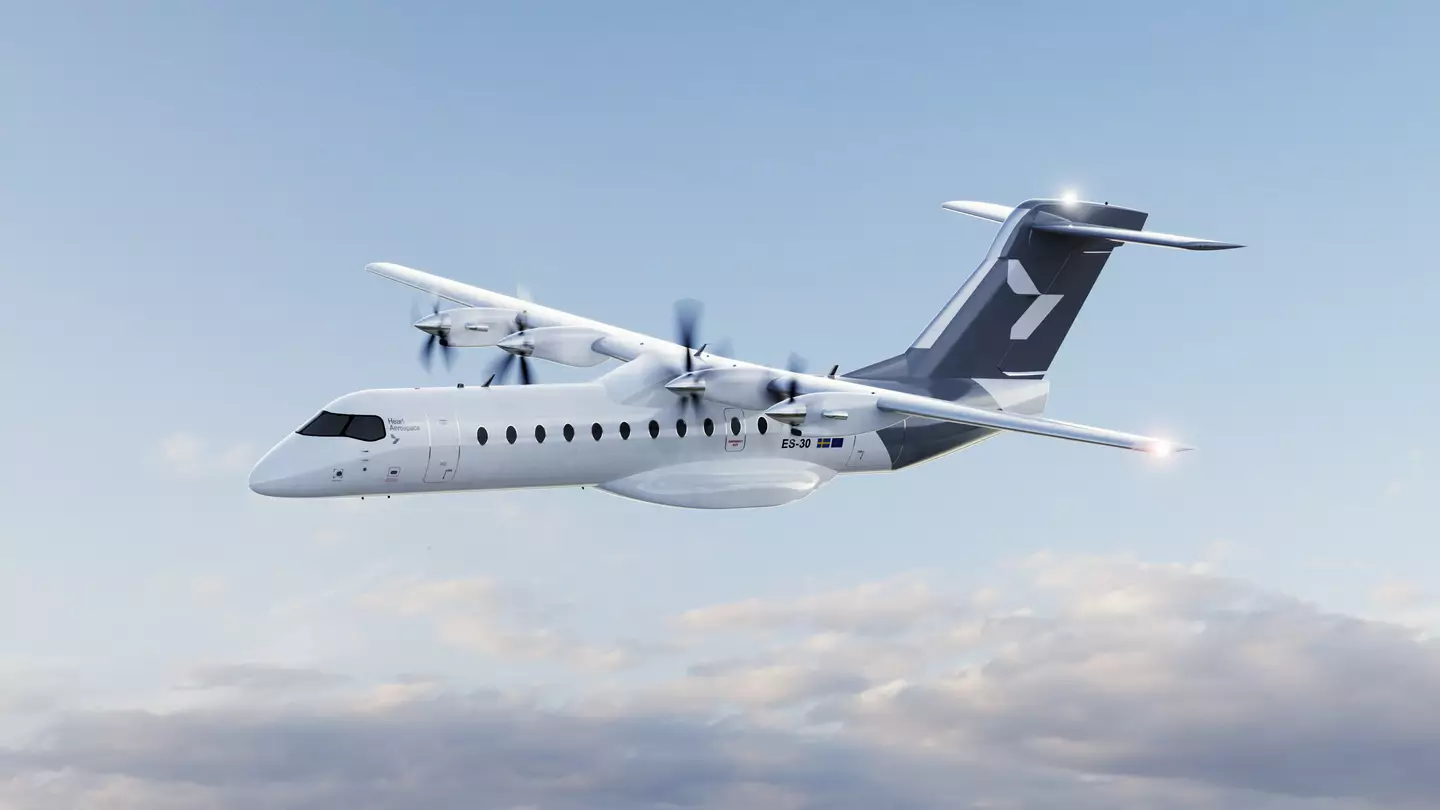The aviation industry is on the brink of a significant transformation with the introduction of the largest all-electric airplane ever built, which is preparing for its inaugural flight.
Traveling by plane to foreign destinations is an eagerly anticipated experience for many, providing an escape from the mundane climate of one’s hometown to a more enticing locale.
However, the flying experience might be set for a permanent shift.
This development will be welcomed by those concerned about the impact of fossil fuels and global warming, as well as those critical of celebrities using private aircraft excessively. The prospect of an all-electric plane is a promising step forward.

Heart Aerospace, a Swedish aviation startup, has revealed the Heart Experimental 1 or Heart X1, marking it as the largest all-electric aircraft to date. This announcement was surprising given the company’s previous expectations for the plane’s developmental progress.
The original plan for the aircraft was strictly for ‘ground-based testing, focusing on charging operations, taxiing, and turnaround procedures.’ The first fully electric flight is targeted for the second quarter of 2025.
The primary purpose of the Heart X1 is research, aiming to advance the development of a future commercial version called the ES-30, which will be brought into operation.

Following the company’s initial assessment, additional information has been disclosed about the 30-seat fully electric plane. Planned test flights are expected to propel the development of sustainable and efficient aviation technology, marking it as a significant advancement in the field.
Social media reactions highlight the excitement about the potential impact of this airplane on travel.
A YouTube user commented: “This design has great potential.”
Another person remarked: “Best concept I’ve seen in a long while!”
Heart Aerospace has stated that the plane will feature an ‘all-electric, zero-emissions range of 200 kilometers and an extended hybrid range of 400 kilometers.’ Enthusiasm builds as people await news of the scheduled test flights.
While a specific date has not been announced, if development progresses as planned, test flights are anticipated in the second quarter of 2025. This suggests it won’t be long before the advantages of this technology are realized and potentially integrated into more aircraft.

